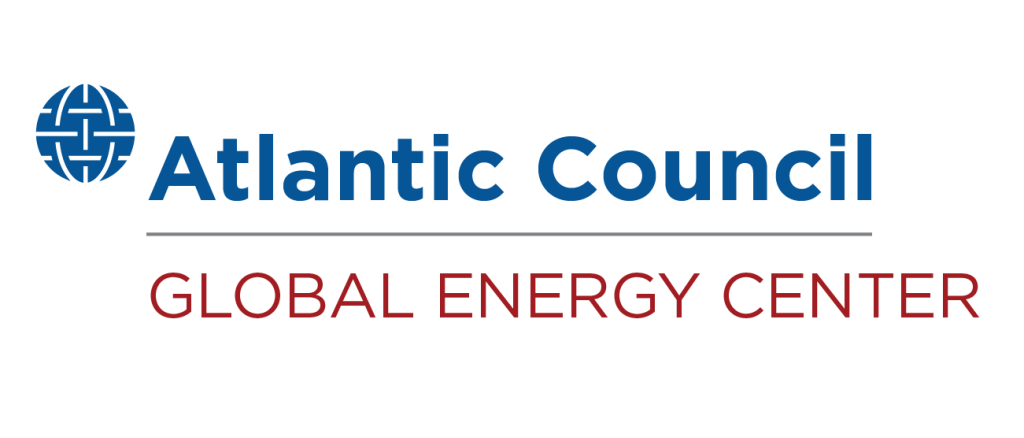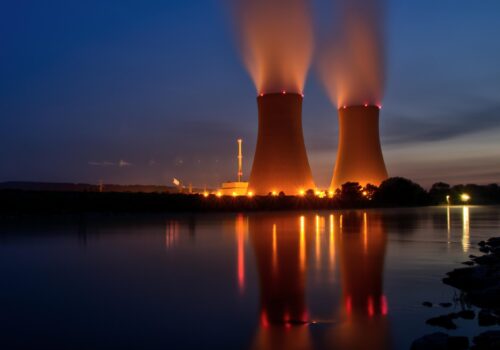Last week, Hunatom (Hungary’s nuclear energy development firm) and Synthos Green Energy (a private project developer in Poland) signed a letter of intent to support the construction of up to ten BWRX-300 small modular nuclear reactors, or SMRs. The BWRX-300 is a 300-megawatt SMR designed by US company GE Vernova, which has an agreement with Synthos Green Energy to sell reactors throughout the Central and Eastern European region.* Hungary joins a list of European countries that have indicated their intent to deploy these reactors, including Poland and Estonia.
Beyond its boost to the region’s energy production, the deal could have broader geopolitical effects. For one, it sets the stage for the European Union (EU) to spend more money on US energy imports, helping Europe fulfill the terms of the trade deal struck with President Donald Trump last week. It may also open the door to a closer relationship between Hungary and the United States, which could in turn strengthen transatlantic unity against Vladimir Putin’s Russia.
Until now, Hungary has shown little interest in US nuclear energy technologies. Although an EU member state, Hungary has also grown closer to Russia in recent years. This civil nuclear cooperation agreement might signal a policy shift, suggesting Hungary is looking away from Russia and toward the EU and United States. Nuclear energy agreements set up a one-hundred-year relationship between the countries involved, assuming ten years for project construction, eighty years for the life of the reactor, and another ten years for decommissioning.
The timing of Hungary’s SMR announcement coincided with news of the US-EU trade agreement, under which the EU pledged to buy $750 billion in US oil and gas by the end of Trump’s presidential term. The terms of the agreement also include “key US energy technology investments . . . notably in the nuclear sector for conventional and small modular reactors.” Although some experts have argued that the EU will have a hard time purchasing $750 billion in oil and gas from the United States, Hungary’s intent to buy up to ten GE reactors could represent a significant step toward fulfilling the EU’s trade pledge.
It’s important to note that Hungary still has a civil nuclear partnership with Russia. Hungary operates four VVER-440 reactors at its Paks nuclear power plant, which are Russian-origin technology, and which currently generate nearly half of Hungary’s electricity. Construction has started recently on VVER-1200 reactors, of which two units will be built at Paks II. Hungary and other EU member states, including Germany and Austria, have sparred over Hungary’s plans to build the two VVER-1200 reactors. In contrast, the Trump administration recently lifted US sanctions on the Hungarian project to upgrade the Paks nuclear power plant. Hungary’s apparent intention to continue its dependence on Russian technologies may indicate that it is merely hedging its bets and walking a fine line between its EU membership on the one hand, and Russia’s influence on the other.
The US Government has signaled its openness to increasing cooperation with Hungary in fields beyond nuclear energy, including defense, commerce, space, and other energy sources. Efforts in these fields will likely build on the nuclear energy deal and may encourage Hungary to build a closer relationship with the US and possibly move away from Russia’s influence.
Ultimately, whether this letter of intent indicates that Hungary is seeking a closer relationship with the United States—and perhaps even starting to turn away from Russian influence and energy dependence—remains to be seen. Regardless, this announcement is a step toward bringing Hungary closer to Poland and the EU more broadly.
Jennifer T. Gordon is the director of the Nuclear Energy Policy Initiative at the Atlantic Council Global Energy Center.
*GE Vernova and Orlen Synthos Green Energy are donors to the Atlantic Council Global Energy Center. The views expressed in this article are the author’s own.
STAY CONNECTED
Sign up for PowerPlay, the Atlantic Council’s bimonthly newsletter keeping you up to date on all facets of the energy transition.
MEET THE AUTHOR
RELATED CONTENT
OUR WORK

The Global Energy Center develops and promotes pragmatic and nonpartisan policy solutions designed to advance global energy security, enhance economic opportunity, and accelerate pathways to net-zero emissions.
Image: Budapest, Hungary (Anna Hunko, Unplash).https://unsplash.com/photos/white-and-brown-concrete-bridge-over-river-CUcX5mdDZvE






